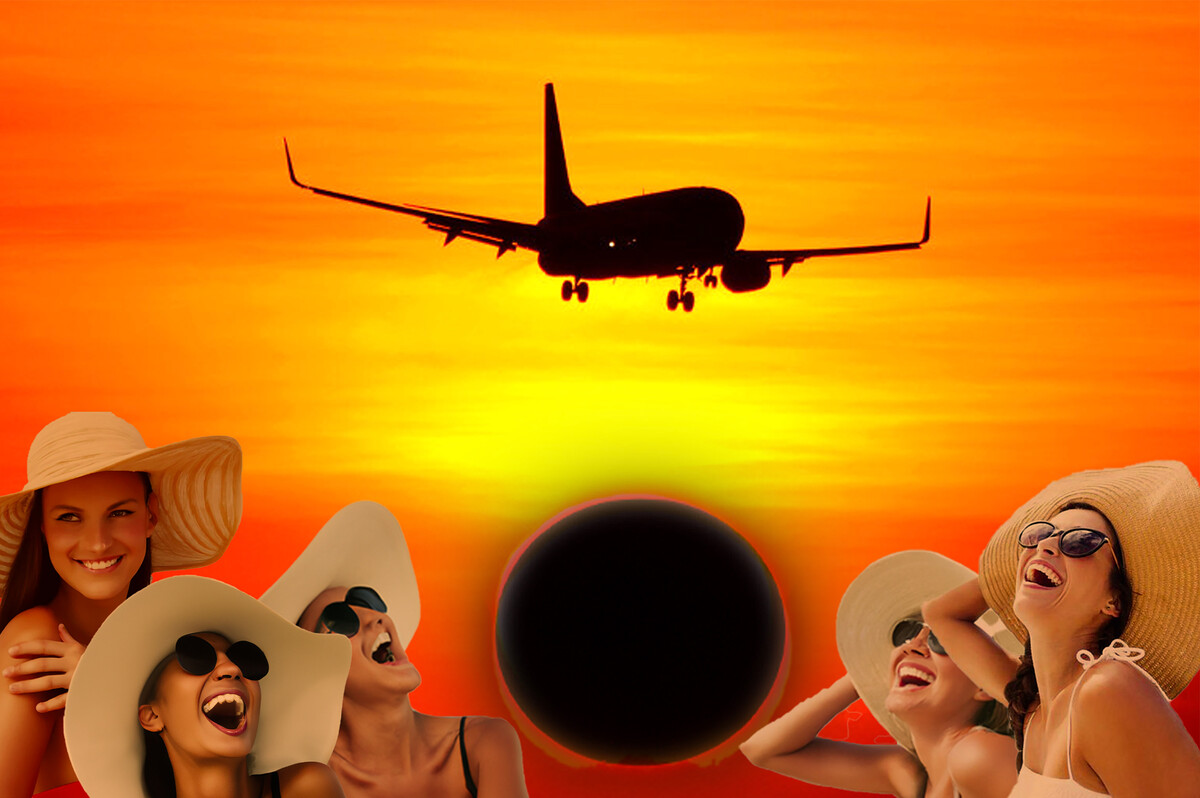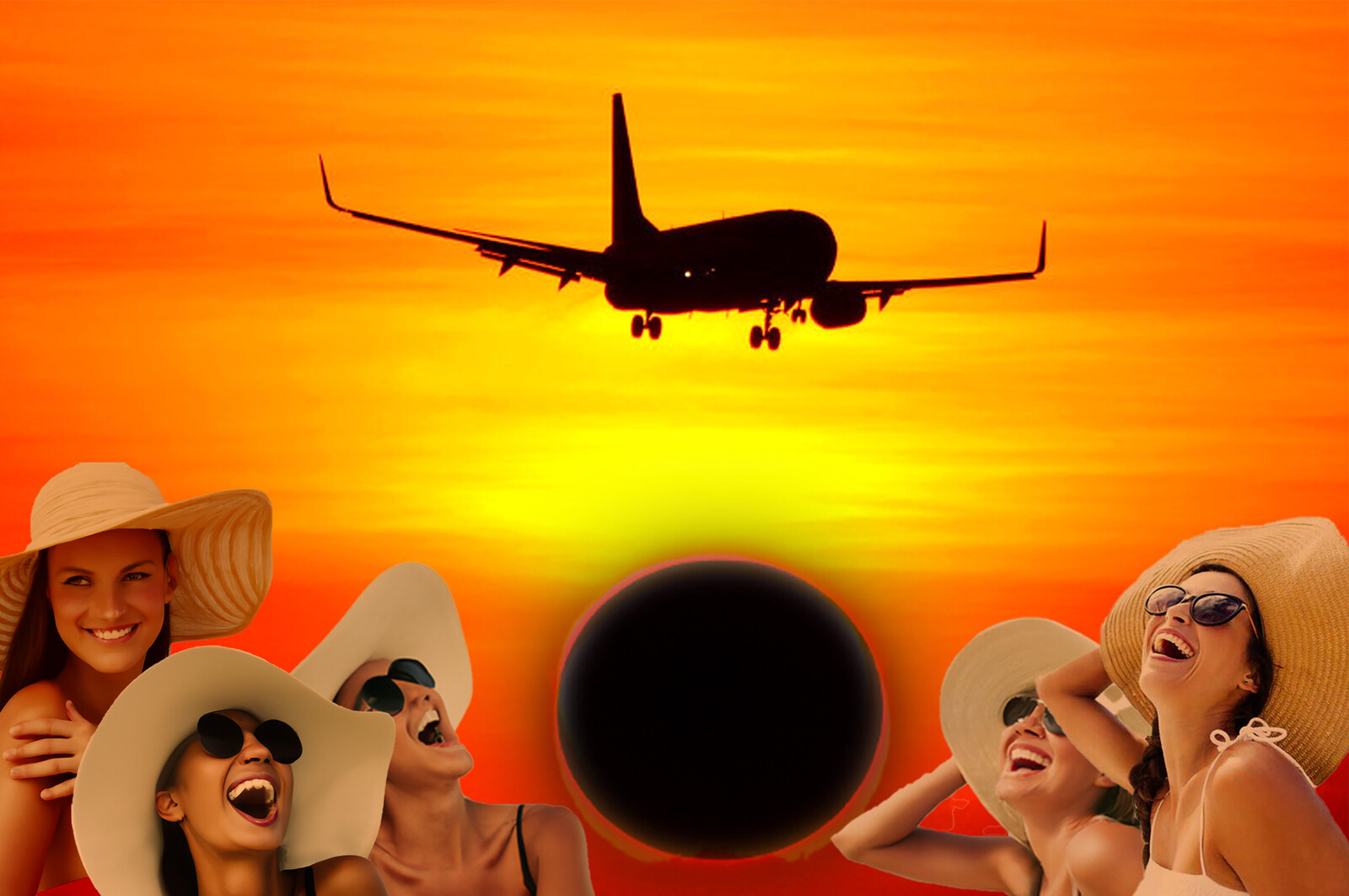May 16–September 1, 2024
Museumsquartier, Museumsplatz 1
1070 Vienna
Austria
Hours: Tuesday–Sunday 10am–6pm,
Thursday 10am–8pm
Genossin Sonne (“Comrade Sun”)— a joint exhibition of Kunsthalle Wien and Wiener Festwochen | Freie Republik Wien
With: Kobby Adi, Kerstin Brätsch, Colectivo Los Ingrávidos, Nicholas Grafia & Mikołaj Sobczak, Sonia Leimer, Maha Maamoun, Wolfgang Mattheuer, Marina Pinsky, Katharina Sieverding, The Atlas Group, The Otolith Group, Huda Takriti, Suzanne Treister, Anton Vidokle, Gwenola Wagon, Hajra Waheed
Curators: Inke Arns and Andrea Popelka
Assistant Curator: Hannah Marynissen
The exhibition title Genossin Sonne (“Comrade Sun”) is perplexing. How can the sun, the star at the center of our solar system, be a comrade? In what struggle, in what revolutionary upheaval? Can the sun be a revolutionary subject? And what does revolution have to do with the cosmos?
The essayistic group exhibition Genossin Sonne brings together artistic and theoretical work in which cosmic connections and reconstructions of cosmology are imagined as an element of political struggle, drawing on sources from fiction, theory, poetics, and other writing. Is intensified solar activity (incidence of sunspots and solar winds) related to terrestrial revolution? What exciting speculative reflections on this matter might be found in contemporary art and poetry?
The word “revolution” came to mean “violent overthrow of an existing social-political order” following the Haitian/Caribbean, French and North American revolutions of the late 18th century. Before that time, however, it was used in astronomy with reference to the rotation of celestial bodies. The connotation of social and political actions came later.
Capitalism and industrialization soon took charge of humans’ radical “emancipation” from their environment, replacing a relationship of mutual co-operation with one of extraction. Nature now became an adversary, an other to be exploited for raw materials. Yet in the context of the present climate catastrophe, humanity is beginning to remember that it is a part of its environment. The exhibition Genossin Sonne goes a step further, playfully speculating that the sun itself may be our comrade, our ally.
The Soviet researcher Alexander L. Chizhevsky (U.S.S.R., 1897–1964) had long since seen it this way. Chizhevsky was an interdisciplinary scientist, Cosmist and biophysicist. He was among the founders of heliobiology as a research discipline, and also studied the effects of air ionization. The first refers to influence of the sun on the biosphere; the second to the effect of air ionization on biological entities. He discovered, for example, that geomagnetic storms caused by solar activity can affect the function of electrical systems, potentially causing airplane crashes or locust plagues. He also believed that increasing negative ionization of the Earth’s atmosphere would stimulate “mass excitability”. According to Chizhevsky, human history is heavily influenced by 11-year cycles of sunspot activity, bringing about rebellion in the forms of revolt, revolution, and civil war.
The moving image—film and video as media of light—is a particular focus in this exhibition, but hypnotic, febrile, fiery, and menacing affects also emanate from works in other media. The sun acts both as source of life and energy for political struggle and as admonishing figure whose sheer mass and duration lay bare the brevity of human life on planet Earth.
Genossin Sonne is an exhibition that unites the political with the poetic to evoke pleasurable, speculative associations between the revolutionary, the celestial, contemporary art, and their effects on our daily lives. An immersive installation whose temporality unfolds in allowing for moments of rest and reflection, manifested as both critique but also optimism, joy and hope for the future.
Stay connected: please check our website for regular updates on our program.
Press contact: Katharina Baumgartner, T +43 1 521 89 223 / presse [at] kunsthallewien.at




